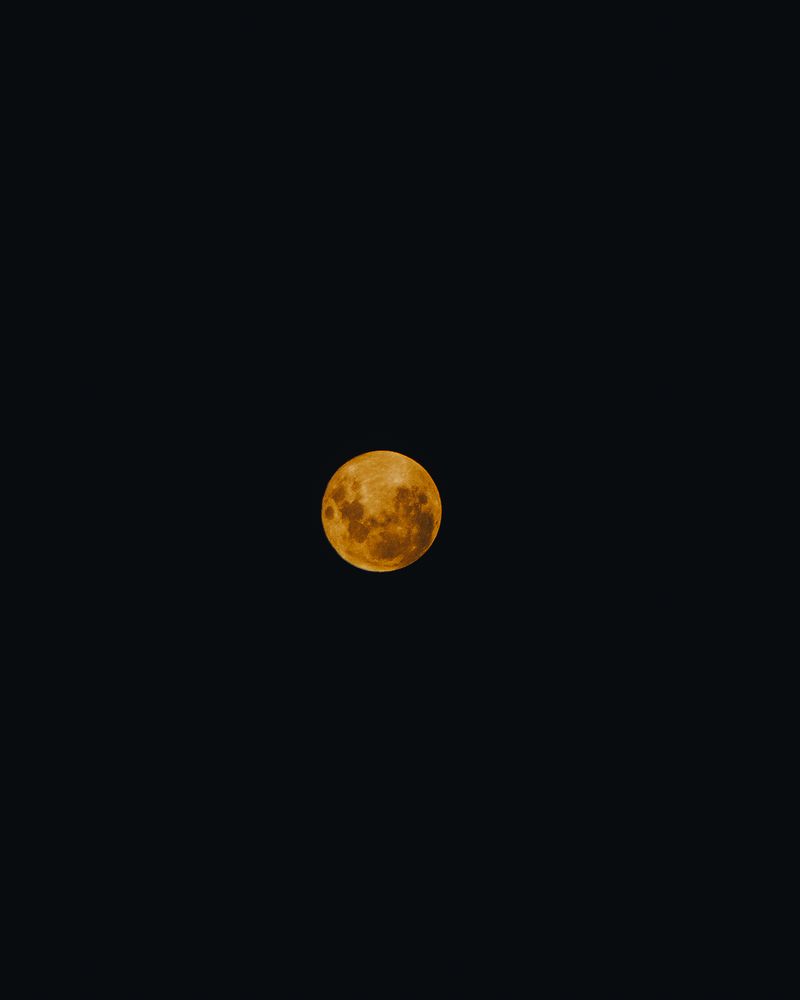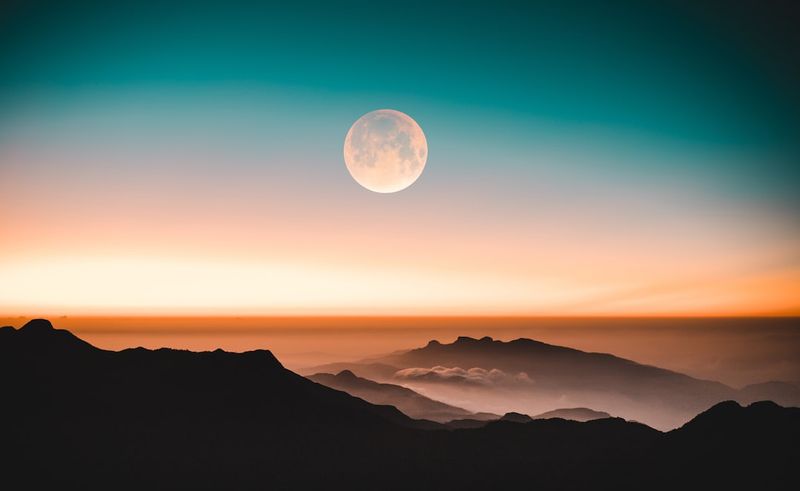Exploring the Wonders of the Moon
July 3, 2023 | New York Times
The Phenomenon of Supermoons
On Monday, July 3, the world will be treated to the first of four supermoons set to rise in 2023. Supermoons are unique celestial events that occur when the full moon coincides with the moon’s closest approach to Earth in its elliptical orbit. This proximity creates the illusion of a larger and brighter moon in the night sky.
Dr. Shannon Schmoll, director of the Abrams Planetarium at Michigan State University, explains that the moon’s orbit is not a perfect circle, leading to variations in its distance from the Earth. When the moon reaches its full phase at a point where it is closer to Earth, it appears slightly larger, resulting in a supermoon.
Although the difference in size between a supermoon and a typical full moon may not be immediately noticeable to the naked eye, the moon on July 3 will be approximately 7% larger than average and located 224,895.4 miles (361,934 kilometers) from Earth. This particular supermoon is also known as the buck moon since it coincides with the time when male deer’s antlers grow during their annual shedding and regrowth cycle.
Interestingly, Native American peoples have various names for the buck moon, reflecting different aspects of nature and the seasonal cycles. Names such as hot moon, raspberry moon, and ripe corn moon signify the characteristics of summer weather and the best times for harvesting fruits and crops.
A Year of Extraordinary Lunar Events
Marking an exceptional year for lunar events, 2023 will witness 13 full moons, compared to the usual twelve. Additionally, there will be two supermoons in August, including a blue moon – the term given to the second full moon in a calendar month. This blue moon will be the closest moon to Earth in 2023.
The final supermoon of the year is expected to rise on September 29, concluding the series of remarkable lunar displays.
Remaining Full Moons in 2023
- August 1: Sturgeon moon
- August 30: Blue moon
- September 29: Harvest moon
- October 28: Hunter’s moon
- November 27: Beaver moon
- December 26: Cold moon
Other Celestial Spectacles
Aside from supermoons, 2023 offers an array of other celestial wonders for skywatchers around the world.
Total Solar Eclipse
On October 14, people across North, Central, and South America will be treated to an annular solar eclipse. During this event, the moon will pass between the sun and Earth, appearing smaller than the sun itself and creating a mesmerizing glowing halo. It is crucial to wear eclipse glasses or follow appropriate safety measures to avoid damage to the eyes.
Partial Lunar Eclipse
Later in the year, on October 28, a partial lunar eclipse will be visible in Europe, Asia, Australia, parts of North America, and much of South Africa. During this event, only a portion of the moon will pass into the Earth’s shadow as the sun, Earth, and moon will not align completely.
Meteor Showers
Additionally, there are nine meteor showers expected to peak throughout the year, offering a magnificent display for stargazers. These showers, visible from late evening until dawn in areas without light pollution, include:
- Southern Delta Aquariids: July 30-31
- Alpha Capricornids: July 30-31
- Perseids: August 12-13
- Orionids: October 20-21
- Southern Taurids: November 4-5
- Northern Taurids: November 11-12
- Leonids: November 17-18
- Geminids: December 13-14
- Ursids: December 21-22
Embracing the Cosmic Marvels
As the wonders of the celestial world unfold before us, it is an opportune time to reflect on our place in the universe and ponder the philosophical implications of such extraordinary events. Throughout history, humans have always been fascinated by the celestial objects that surround us, attributing mystical and symbolic meaning to the movements of the moon, the alignment of the stars, and the dance of the planets.
While scientific understanding has expanded our knowledge of these phenomena, the awe and wonder they inspire remain. The beauty of a supermoon, the rarity of an eclipse, and the majesty of a meteor shower remind us of the vastness and mystery of the cosmos.
These celestial events also serve as a reminder of our interconnectedness with nature. Indigenous communities have long recognized the rhythms of the moon and the changing of the seasons. Their names for the various moons reflect a deep understanding of the natural world and its cycles.
Editorial: A Call for Stargazing
In a world often dominated by digital distractions and fast-paced lives, celestial events provide an opportunity to pause, look up, and connect with something greater than ourselves. They remind us of the beauty and complexity of our universe and the importance of preserving and cherishing our planet.
We encourage readers to take a moment to appreciate the wonders of the night sky. Find a spot away from artificial lights, embrace the stillness of the night, and allow your gaze to wander among the stars. By immersing ourselves in the cosmic marvels, we can cultivate a sense of awe and rekindle our curiosity about the mysteries of our existence.
Advice: Tips for Observing Celestial Events
When venturing out to observe the moon, solar eclipses, or meteor showers, keep the following tips in mind:
- Check local weather conditions to ensure optimal viewing.
- Choose a location away from city lights to minimize light pollution.
- Bring appropriate equipment, such as binoculars or a telescope, for a closer look.
- Follow safety guidelines for solar eclipses, including wearing certified eclipse glasses.
- Pack snacks, blankets, and warm clothing for a comfortable stargazing experience.
By embracing the wonders of the cosmos, we can embark on a journey of exploration, curiosity, and appreciation for the extraordinary world beyond our own.

<< photo by Adedire Abiodun >>
The image is for illustrative purposes only and does not depict the actual situation.
You might want to read !
- Editorial Exploration: Examining the Timing and Phenomenon of the July 2023 Full Moon
Title: Unveiling the Celestial Wonder: The Timing and Spectacle of the July 2023 Full Moon
- “Tanker Collision Leads to Closure of M6 Motorway: Examining the Impact and Efforts to Resume Traffic”
- M6 Traffic Chaos: Overturned Milk Tanker Causes Standstill on Motorway
- “The Enigmatic Implosion of Titan: Unraveling the Mystery Behind Its Collapse”
- Stricken Titanic Sub: A Strathclyde University Student’s Unlikely Adventure
- Asteroid City: The Otherworldly World of Wes Anderson – A Whimsical Journey Into Imagination
- The Significance and Celebration of Eid al-Adha 2023: Exploring the Start Date and Wishing You an ‘Eid Mubarak’
- The Meaning Behind “Eid Mubarak”: Exploring the Traditional Arabic Greeting
- The Date of Eid al-Adha 2023: Examining the Start of the Big Eid Celebration




